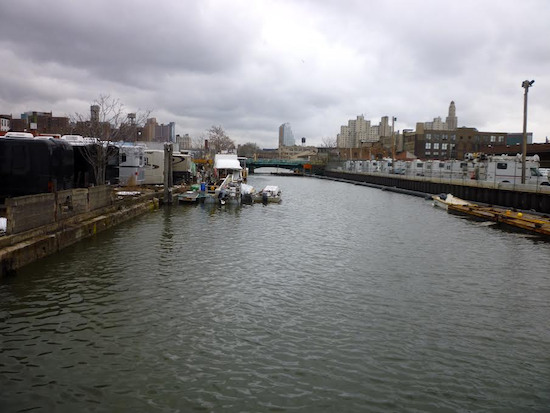Clean water lovers rejoice! Gowanus Flushing Tunnel coming back into service

The Gowanus Canal Flushing Tunnel, which “flushes” fresh water from Buttermilk Channel into the heavily polluted canal, is going back into service this week for the first time since 2010, according to Department of Environmental Protection Commissioner Carter Strickland.
The tunnel, which often operated at only partial capacity, was under repair for three years. It begins at the channel, and for most of its route carries water under DeGraw Street. Near the canal, it turns one block north onto Hoyt Street and then onto Douglass Street.
The rehabilitation work included draining the 1.2-mile-long, 12-foot diameter tunnel and repairing its brick-lined interior. In the wake of Hurricane Sandy, resiliency measures such as raising the control room floor and flood-proofing the service building were also added.
